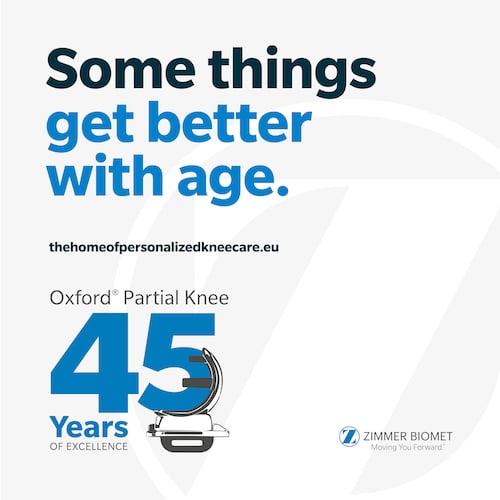Studies suggest that one in four patients are not fully satisfied with their new knee. Upon review of the literature, many patient complaints stem from the fact that their total knee replacement simply feels different than their healthy knee felt prior to surgery.1,2,3
There is evidence 4, 5, 6 that a more personalized approach to knee care may help improve patient satisfaction, by creating a more natural feeling knee, which is easier for the patient to ‘forget’.
Current strategies to deliver more personalized knee care include:
- Partial Knee Replacements, which retain more of the native knee4
- More anatomically accurate prostheses that improve implant fit to patients5
- Instruments, surgical techniques and alignment philosophies that allow the surgeon to personalize each procedure6
- Surgery-assisting technologies that make knee replacement more intuitive, precise, and simple, and allow the surgeon to reproducibly deliver on their personalized alignment plans7
- Care pathways & digital care management platforms that deliver patient-centred care, and help optimise all aspects of a patient’s orthopaedic journey 8, 9
Join us for 2021 at The Home of Personalized Knee Care, as we ‘quest’ for the forgotten knee, and the solutions and best practices to help optimise patient satisfaction.
